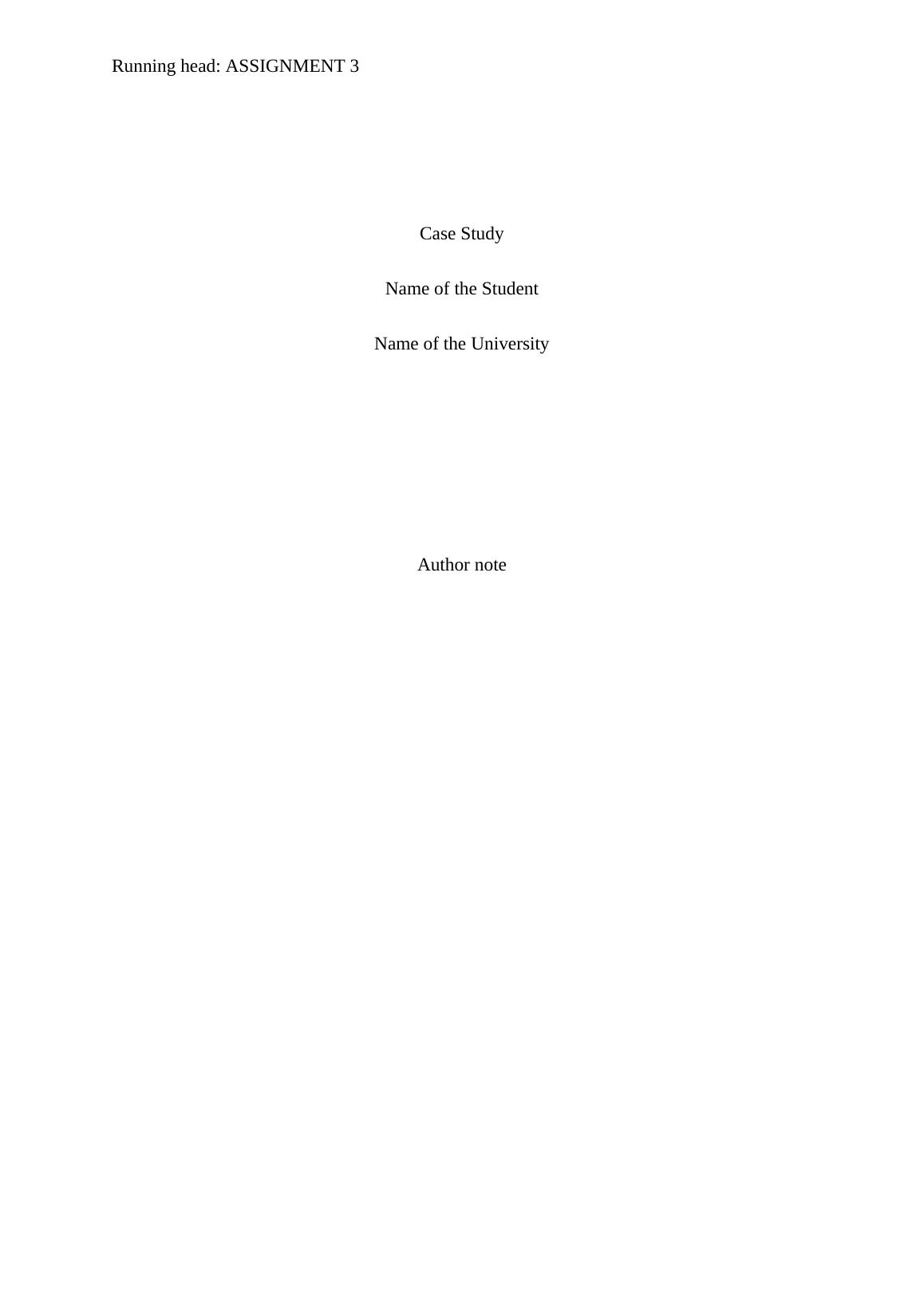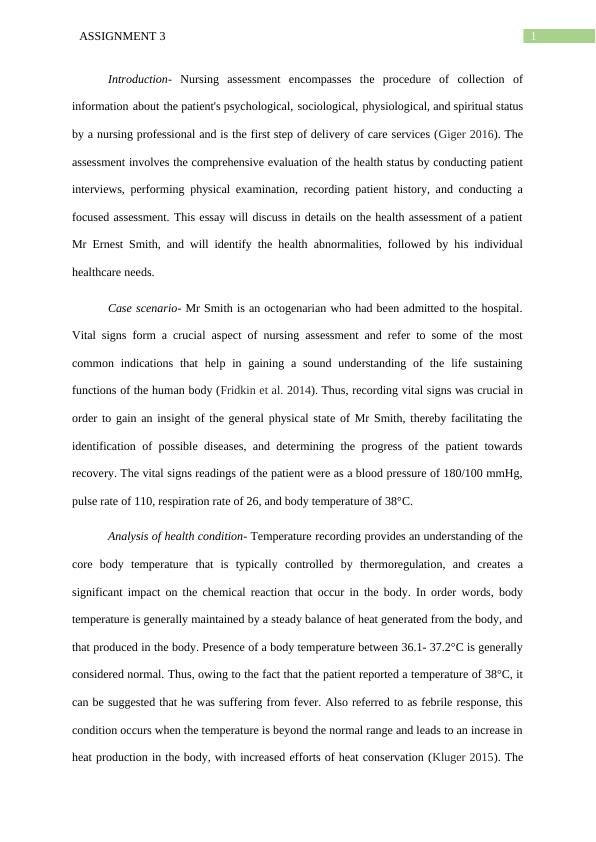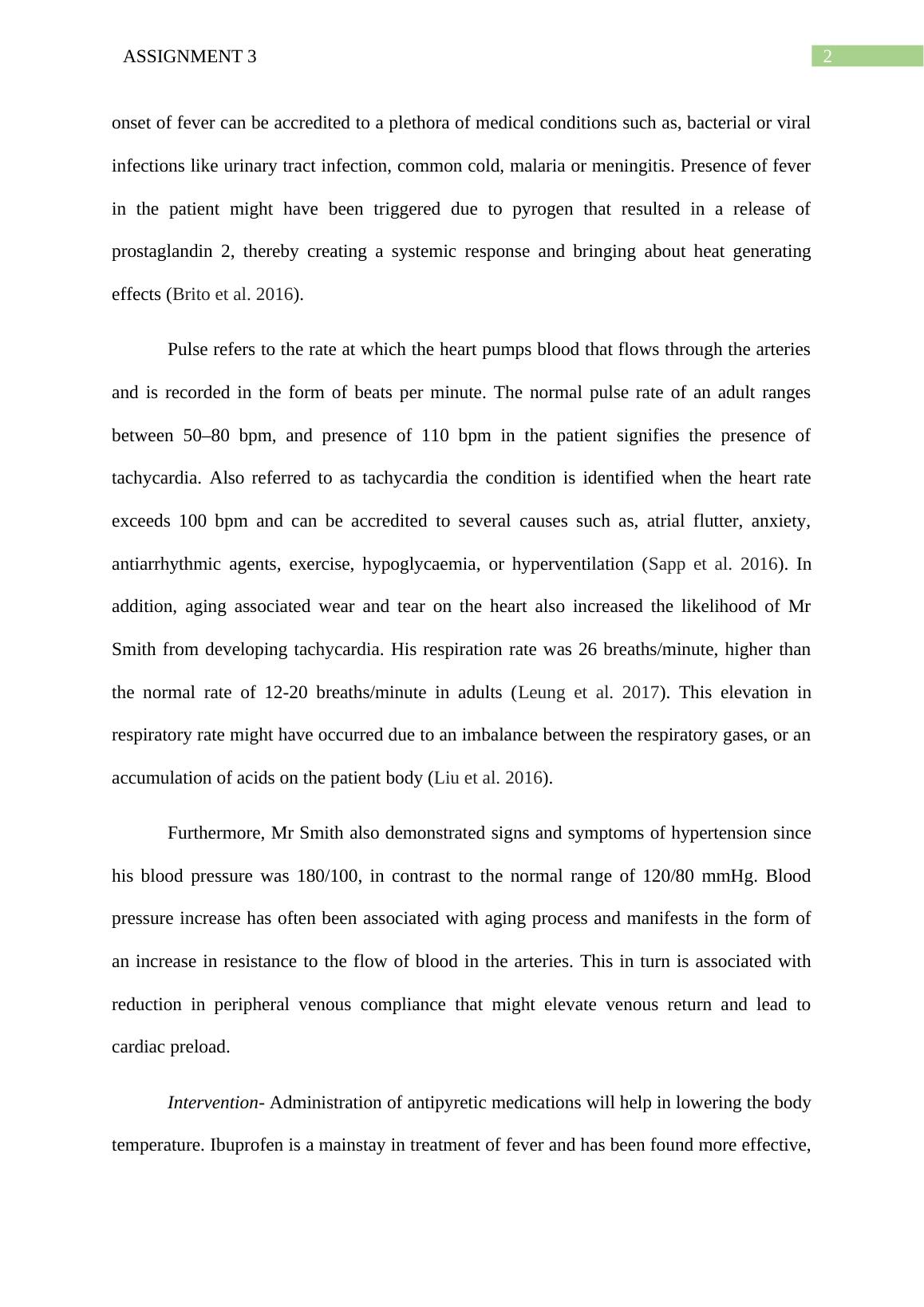Health Assessment of a Patient: Mr Ernest Smith
7 Pages1952 Words83 Views
Added on 2023-01-16
About This Document
This essay discusses the health assessment of a patient, Mr Ernest Smith, and identifies health abnormalities and individual healthcare needs.
Health Assessment of a Patient: Mr Ernest Smith
Added on 2023-01-16
ShareRelated Documents
End of preview
Want to access all the pages? Upload your documents or become a member.
Clinical Reasoning Cycle for Patient Assessment
|7
|2128
|95
Clinical Reasoning in Nursing: Collecting Cues, Process Information, Identification of Clinical Issues, Establishing Goals, Intervention, and Evaluation
|10
|2138
|122
Clinical Reasoning Cycle and Vital Signs Measurement
|7
|2033
|138
Clinical Reasoning Report
|7
|1490
|492
Pathology of Clinical Manifestations in a Case Study of Urinary Tract Infection
|9
|2372
|78
Application of Clinical Reasoning Skills within a Clinical Patient Scenario
|12
|3238
|62



